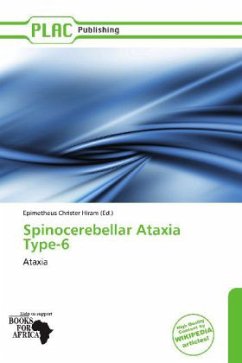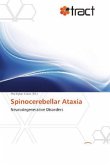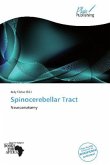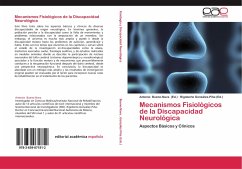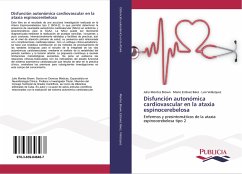Spinocerebellar ataxia type 6 (SCA6) is a rare, late-onset, autosomal dominant disorder, which, like other types of SCA, is characterized by dysarthria, oculomotor disorders, incontinence, peripheral neuropathy, and ataxia of gait, stance and the limbs due to cerebellar dysfunction. Unlike other types, SCA 6 is not fatal. This cerebellar function is permanent and progressive, differentiating it from episodic ataxia type 2 (EA2) where said dysfunction is episodic. In some SCA6 families, some members show these classic signs of SCA6 while others show signs more similar to EA2, suggesting that there is some phenotypic overlap between the two disorders. SCA6 is caused by mutations in CACNA1A, a gene encoding a calcium channel subunit. These mutations tend to be trinucleotide repeats of CAG leading to stretches of glutamine greater than 19 and these mutant proteins form intracellular aggregations. Unlike many other polyglutamine expansion disorders expansion length is not a determining factor for the age that symptoms present.

